.jpg)
Vietnam in 2026: Best Time to Enjoy the Climate and Rice Fields
- on Apr 25, 2025 By: Phuong Mai NGUYEN
Are you planning to explore Vietnam's enchanting landscapes? As Vietnam doesn't have a uniform climate, knowing the best time to visit is essential for making the most of your trip. From the golden rice terraces of Mu Cang Chai to the sunny beaches of Phu Quoc, the weather varies greatly from the north to the south. And to witness the famous terraced rice fields, you need to visit at the right time.
This article aims to carefully guide you on when to visit Vietnam, providing tips on the best time to see the rice terraces and assisting you in crafting a personalized itinerary.
Climate Zones of Vietnam
Vietnam stretches over 2,000 kilometers from north to south, resulting in significant regional climate variations. Therefore, there isn't just one "best time" to visit the entire country. Your itinerary should adapt to the regional seasons. To make it easier to understand, here is an overview of the country’s four main climate zones:
Northern Vietnam: Four distinct seasons
Northern Vietnam (Hanoi, Halong Bay, Sapa, etc.) is the only part of the country that experiences four traditional seasons:
• Winter (December to February): Cold, gray, and foggy; sometimes humid. This is not the best time to visit the mountains because of low visibility.
• Spring (March to May): Milder temperatures and improving weather make this an excellent time for travel. Late March and April are ideal for traveling in this region.
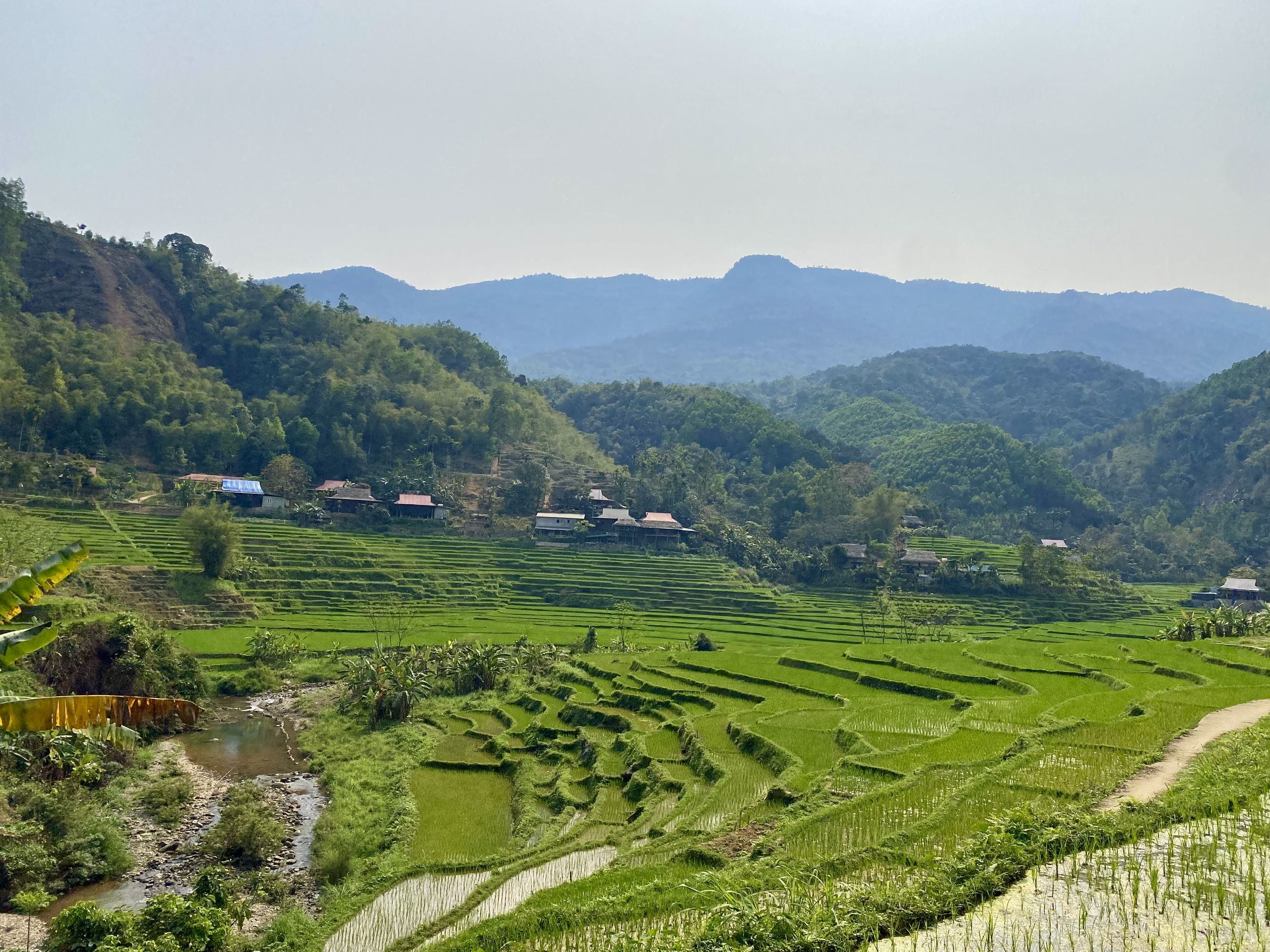
• Summer (June to September): This is the rainy season, during which heavy rains can occur, especially in August. However, it does not rain all the time; there are also beautiful, clear skies. The landscapes are lush and green.
• Autumn (October to November): Probably the best time to visit Northern Vietnam. The weather is mild, there’s little rain, and the rice fields in Sapa and Mu Cang Chai are at their most beautiful.
Central Vietnam: Sunny beaches - Winter monsoon
The central region (Hue, Da Nang, Hoi An, Phong Nha) has a more particular climate, with a delayed rainy season that falls at the end of the year.
• January to February: The weather slowly improves but remains unpredictable, especially around Hue.
• March to September: The best period to visit Central Vietnam! It’s sunny, hot, and dry (sometimes very hot), perfect for visiting beaches.
• October to December: Rainy season begins. Be cautious, especially in November. Heavy rainfall can last for several days.
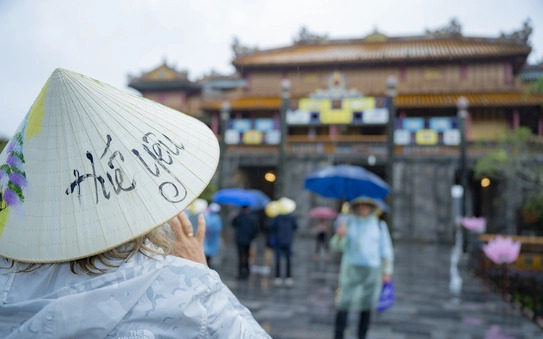
Southern Vietnam: Year-round sunshine, with tropical showers
The climate of Southern Vietnam (Ho Chi Minh City, Mekong Delta, islands like Phu Quoc or Con Dao) is much more stable and predictable than in other regions:
• November to February: The ideal time to explore the South of Vietnam. The weather is sunny, hot, but bearable, with minimal rainfall.
• March to May: Heat increases, and April and May might be extremely hot.
• June to October: Rainy season, but don’t worry! Showers are typically short and intense, usually occurring in the late afternoon. You can still enjoy the sun.
Good news: The Mekong Delta can be visited year-round, even during the summer.
Vietnam's Central Highlands: Higher altitude = Cooler climate
This region, including cities like Da Lat, Buon Ma Thuot, and Kontum, is located at higher altitudes. The climate here is more temperate, sometimes even chilly, especially at night.
• November to February: Ideal season for visiting Vietnam’s highlands like Da Lat, with dry, sunny, and cool weather.
• March to May: The temperatures rise but remain pleasant, making it an excellent time to visit.
• June to October: Rainy period, sometimes with long days of rain.
Make sure to pack a sweater or light jacket if you visit this region in the winter!
When to See the Rice Fields in Vietnam?
In Vietnam, rice fields aren’t always green and lush. Outside the planting or harvesting seasons, they may be fallow (muddy, dry, or abandoned fields), making them not so photogenic. Here is when you should visit to see the rice fields at their best:
Terraced Rice Fields in Northern Vietnam: One harvest per year
The famous terraced rice fields, those that create stunning curves in the mountains, are mainly found in the northern provinces, such as Sapa, Mu Cang Chai, and Hoang Su Phi. But be aware! These rice fields only have one harvest per year due to an irrigation system that is more challenging to manage at high altitudes.
• Planting Season: Mid-May to early June
• Harvest Season: Late August to mid-October
We invite you to admire the stunning Hoang Su Phi through this video filmed by us:
For the best views of the green or golden terraced rice fields, plan your visit between June and September. To experience the lively harvest season, aim for September, when the fields turn a brilliant yellow and are bustling with activity. Outside of this period (November to April), these areas can be muddy, barren, or covered in mist.
>> Read more: Tour in the Northwest of Vietnam : Where to go? Which itinerary? What to do? How many days?
Notable Exception: Pu Luong, in Thanh Hoa province, is one of the rare regions with two harvests per year, offering more opportunities to see the rice fields!
Rice Valleys in the North and Central Vietnam: 2 harvests per year
In valley areas (which are flatter and easier to irrigate), two harvests per year are common. These areas are easier to irrigate and offer stunning verdant panoramas, with lively scenes of planting or harvesting.
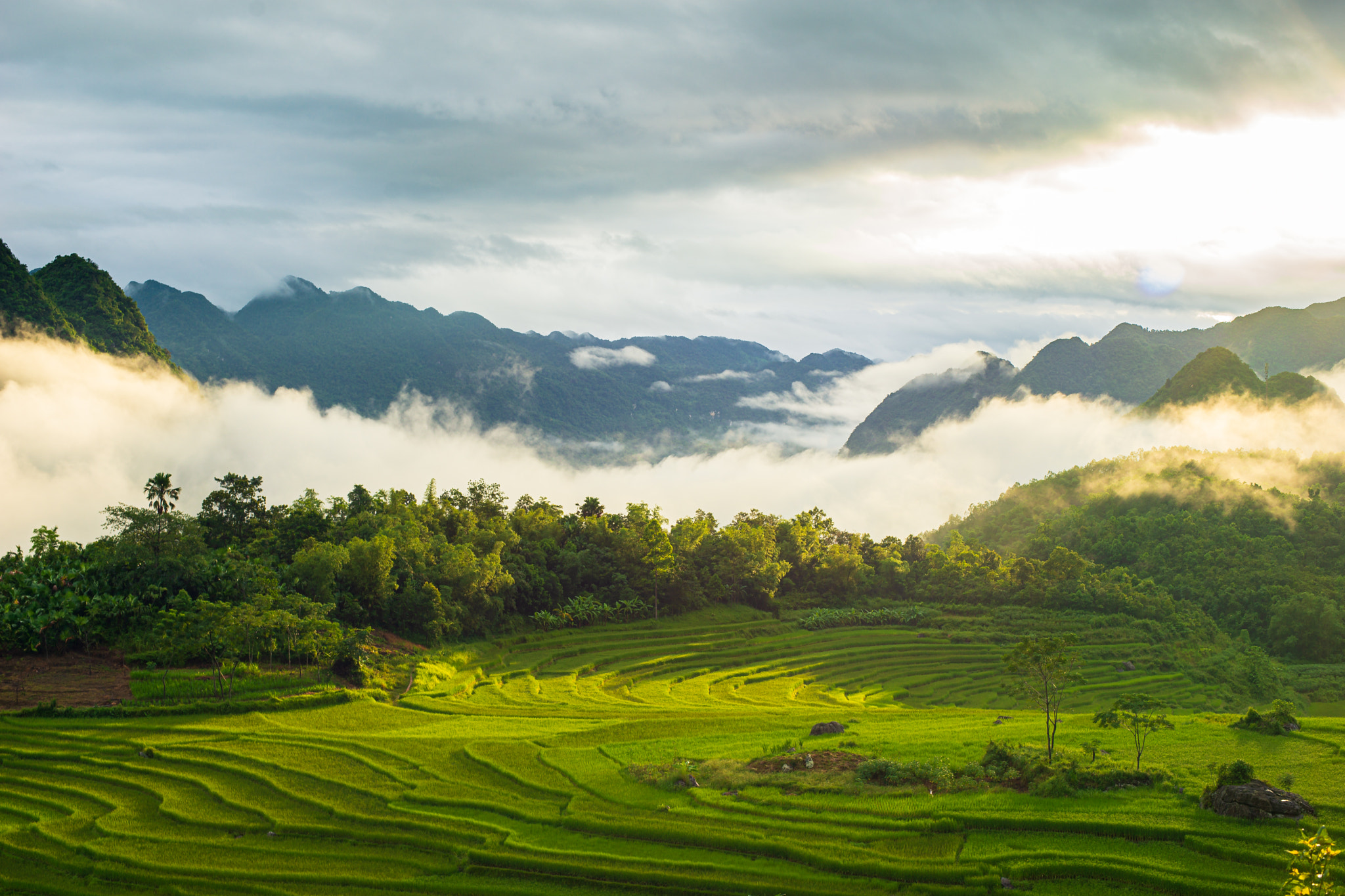
• Regions: Mai Chau, Ninh Binh, Hue, Hoi An, and generally the central hinterland.
• First planting: Late February/March (after the Lunar New Year)
• First harvest: May/early June
• Second planting: Late June
• Second harvest: Late September/October
These valleys are the most accessible for seeing rice at various stages. They also offer a wide variety of landscapes and activities (bike rides, markets, interactions with locals, etc.).
>> Read more: Combined Mai Chau – Pu Luong circuit: What to see and what to do?
Mekong Delta: Up to 3 harvests, rice all year round
The Mekong Delta is the most productive rice-growing region in Vietnam. Thanks to an advanced irrigation system and the rich waters of a vast river network, certain areas can cultivate rice up to three times per year!
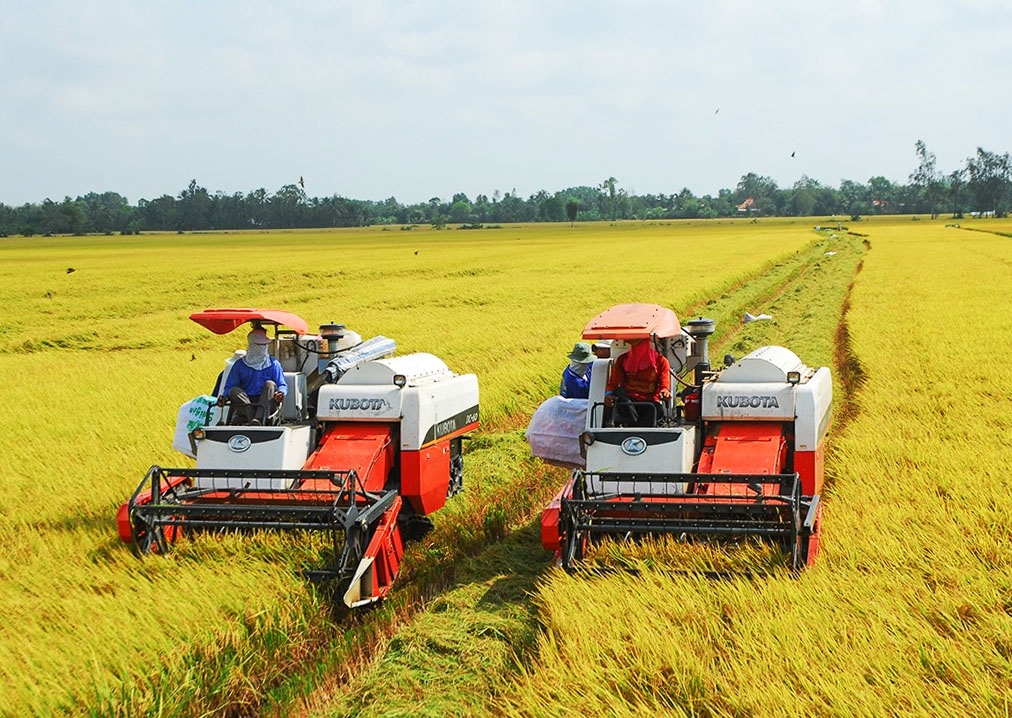
Key Regions: Soc Trang, An Giang, Chau Doc, Rach Gia, Can Tho, etc. What you will see depends on the time of year:
• Fields in full regrowth, with a tender green that's very photogenic.
• Lively and colorful rice planting scenes.
• Ongoing harvests, with boats, machines, and rice carriers—a fascinating agricultural ballet!
The Mekong Delta is a perfect region to explore rural Vietnam at any time of the year, with something interesting to see no matter the season.
>> Read more: Tour to the Mekong Delta: itinerary ideas in 1,2,3,4,5,6 days to know
Advice for a Successful Trip to Vietnam
To fully enjoy your trip, it’s not enough to just map out an itinerary from north to south and hope everything aligns. Here are some simple, practical tips from experience to help you organize a truly successful stay:
Regarding the trip’s duration and itinerary
While the Vietnam from North to South tour can be done in 2 weeks, you need to expect that you will likely spend most of your time on transit, and that you might risk missing out on the best weather or the right agricultural season in each region. Therefore, we suggest focusing on 1 or 2 main regions on your trip, for instance, the North + Central Vietnam tour or the Central + South Vietnam tour, based on the season, for more in-depth experiences.
Rather than trying to see everything, adopt a local and seasonal logic.
For example:
• In January-February, explore the South and its beaches.
• In May-June, head to the Central region and rice fields.
• In September, head to the northern mountains for the golden terraced rice fields.
A regionally focused itinerary will be richer, more relaxing, and better suited to the realities of the land.
For landscapes that match your expectations
We all dream of the cascading golden terraced rice fields of Sapa, Mu Cang Chai, or Hoang Su Phi. But remember, a lively, lush green rice field is always more rewarding than a terraced field. Though we all know the period from September to late October is often the best time to admire the rice terraces in their brilliant golden color, it’s still somehow difficult to catch the exact time when the local farmers start to harvest their rice, as this depends on lots of elements. Beware, if you come after the harvest is done, you may encounter foggy, muddy, or completely dry fields.
In conclusion, for a successful trip to Vietnam, aside from the two things to consider mentioned above, here is all you need to keep in mind:
• There’s no exact "best time" for all of Vietnam. Each zone has its own climate and agricultural rhythms.
• To see the terraced rice fields at their peak beauty, prioritize the period from September to October. The rice is ripe, the landscapes are golden, and the activity is in full swing.
• The South has the most stable weather. You can visit almost year-round, even during the rainy season, as the showers are short.
• Avoid the Central region in November and December. That’s when heavy and persistent rains can hinder outdoor activities.
Now that you know when to visit Vietnam’s rice fields and explore the diverse landscapes, it’s time to plan your perfect 2026 vacation. Book your tour with Authentik and enjoy an unforgettable adventure through the natural beauty and rich culture of Vietnam!
Related articles:
 Español
Español Français
Français
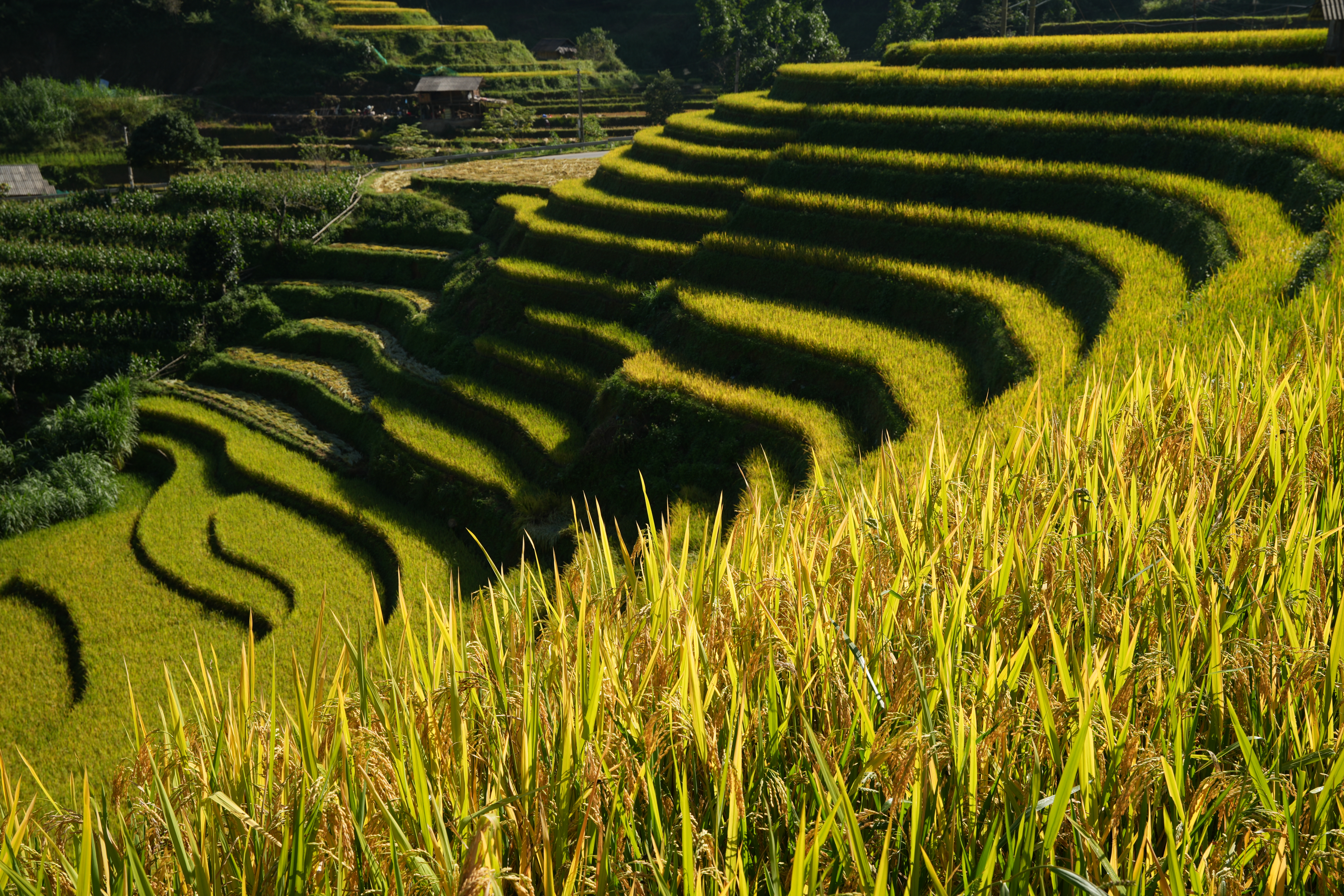
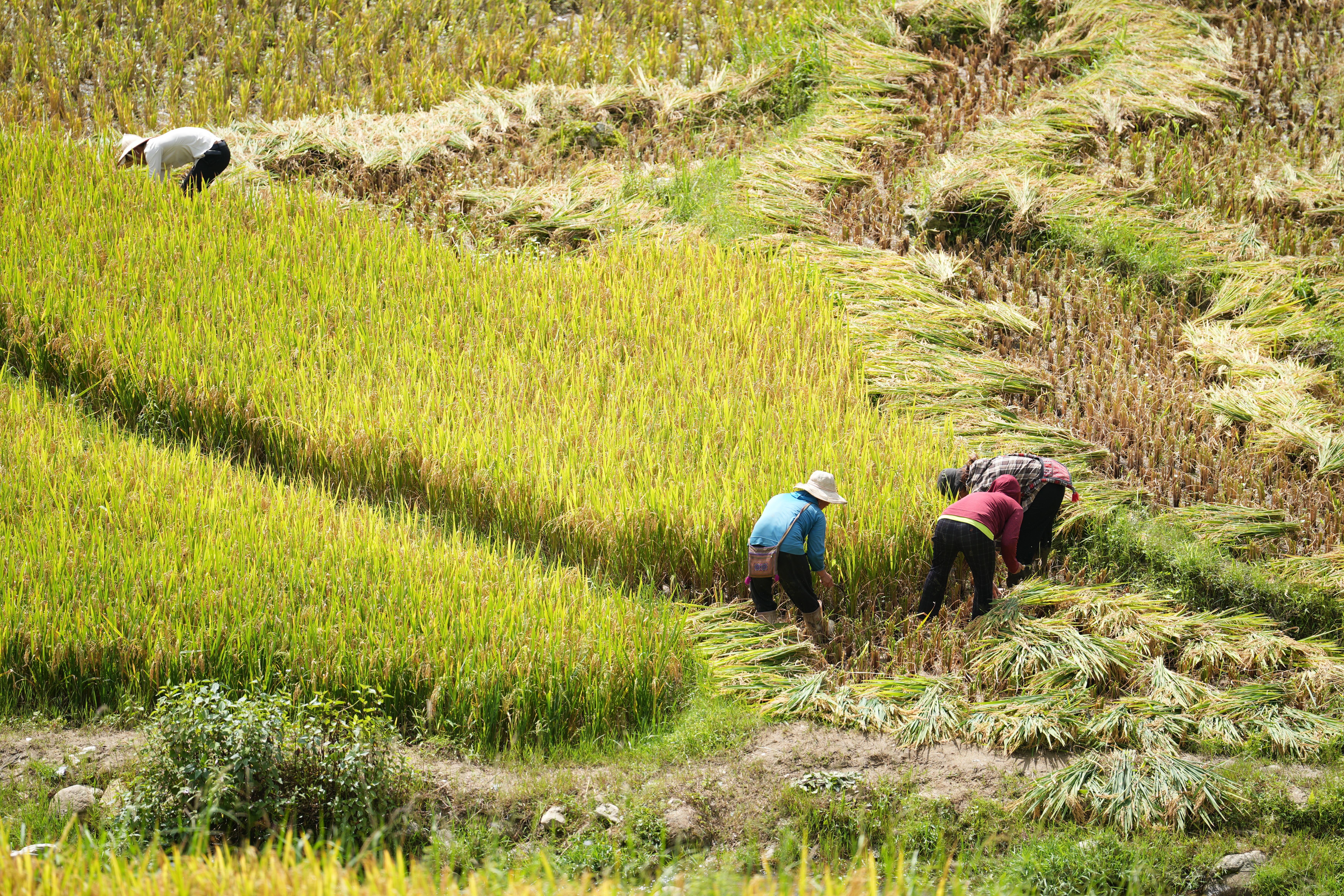








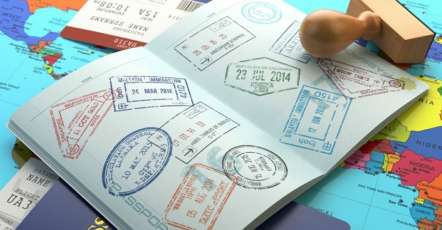
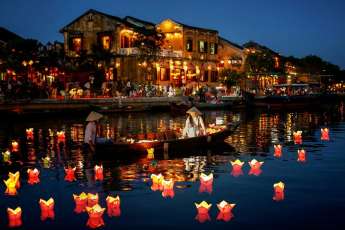
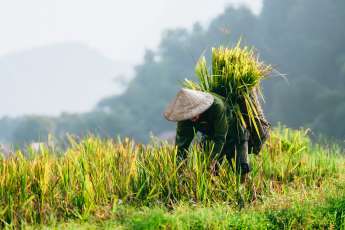









Morgane Ter Cock
on Dec 18, 2025HerbertPhomaMS
on Oct 19, 2025Lilyan Cuttler
on Oct 15, 2025Avenue17XC
on Sep 14, 2025Avenue18JL
on Jul 21, 2025